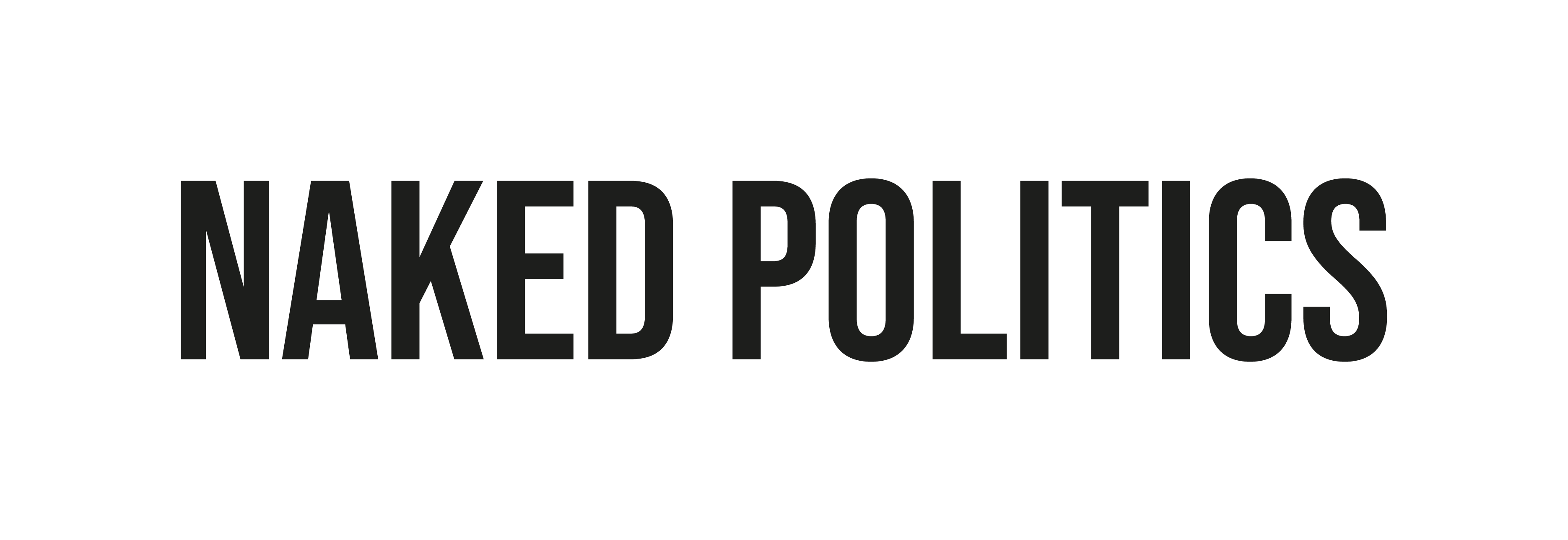✏️ Ellie Agu Benson
The rainbow is a universal symbol of hope but the symbol has developed a new meaning in the face of the COVID pandemic. It now represents our solidarity with the NHS staff and other key workers who are helping the country weather the crisis. However, this use of the six coloured rainbow, for some in the LGBTQI community, is concerning.
Pre COVID, the rainbow had a different connotation. The image represented a celebration of diversity, created for the gay community by the artist Gilbert Baker in 1979 where each colour has an intrinsic meaning. The popularised image previously served the LGBTQI community in celebrating diversity, covering floats and waved on flags during Gay Pride month. But now the flag decorates windows and footpaths for the NHS, where children’s paintings make a fun spotting game for dog walkers. This has led to a growing concern that the recycling of the symbol will lead to a deterioration of identity for the LGBTQI community in pandemic time and probably well after.
The adoption of the NHS rainbow actually comes from a misconception. The rainbow badge first widely seen on Matt Hancock during a nation briefing was not originally intended to foster solidarity. In fact, the badges produced by BMI were to be worn by NHS staff to show that they are safe to confide in about gender issues. This is an issue specific to the LGBT+ community. However, the misnceived badge was quickly adopted as a symbol of hope for the nation, with children in numerous households encouraged to paint rainbows to busy themselves in quarantine and hang them in windows. At the same time, the government hastily rebranded the rainbow as the symbol of the pandemic.
Although the government’s choice of symbols may not be the most pressing matter on ministers’ minds whilst tackling COVID, for a proportion of the population it is offensive. Companies selling rainbow flags for Pride have now rebranded them as NHS rainbows and the rainbow painted buses are identical to those celebrating the LGBTQI community. This is a kick in the teeth to some when the rainbow previously championed an already underrepresented community.
The rainbow carries different meanings for different people. However, after the pandemic, the use of the rainbow will become even more conflicted. If the COVID pandemic ends it does not mean that our gratitude to NHS workers should die. We should continue to recognise them as national heroes and most likely with the six coloured rainbow. But then how will the LGBTQI community reclaim their symbol.
When lockdown controls permit public gatherings in the future and Gay Pride is celebrated, will rainbow decked buses and street signs conjure up sentiments of thanks to the NHS instead? This will weaken the identity of the gay community. Regardless of the fact that no one can own the rainbow, two large and worthy social movements sharing the same symbol is problematic.
The difficulties that lie within hospitals may be far greater. Patients wishing to seek out support regarding gender issues may be discouraged; a doctor wearing a rainbow badge could be showing solidarity to other NHS staff or could be a safe confidant. This confusion may deter many from opening up about their issues in the fear that they are confiding in the wrong person. This would have a huge impact on the mental health of these patients as suppressing problems like gender dysphoria has been shown to increase depression and suicidal thoughts. Therefore the rash decision to adopt the rainbow in a bid to support the NHS, whilst a symbol with many meanings, may be more damaging than imagined.
Some in the LGBTQI community have started a petition to reclaim the LGBT+ rainbow that is “erasing queer history”. Bella Hughes, the 16-year-old who started the petition, told Forbes that all supporters of the campaign “love and respect” NHS workers, The problem lies in that “there are some homophobic people flying the symbol, which we used and we have fought to be able to use, claiming that it isn’t our symbol.” However, the campaign could be misinterpreted as dismissing/belittling the work of doctors and nurses. This may be the judgement passed by many of the public if the campaign is successful.
It is undeniable that both of these causes should be celebrated but that using the same symbol is controversial. Even if the flag is changed, the damage may already be done. Many people will continue to associate the rainbow flag with NHS workers and others may gloss over the reasoning behind the shift and feel anger towards the LGBTQI community. This would not provide a sound resolution to the problem.
It should be noted by ministers in the future that symbols should not be rebranded and endorsed in a hurry- even in a pandemic, as there are lasting social implications. Just as the solidarity for NHS workers is integral in the pandemic, so is the identity of the LGBTQI community. Therefore a degree of caution should be taken going forward to prevent two noteworthy causes clashing under the same symbol.
Thanks for reading our article! We know young people’s opinions matter and really appreciate everyone who reads us.
Give us a follow on Instagram, Twitter and Facebook to stay up to date with what young people think.

